Panel Discusses Best Practices for Post-CAR-T Management with Local Health Care Teams
By Thomas Martin, MD, Sagar Lonial, MD, FACP, Shambavi Richard, MD, Peter Voorhees, MD - Last Updated: May 15, 2023A roundtable discussion, moderated by Thomas Martin, MD, of the UCSF Helen Diller Family Comprehensive Cancer Center, focused on CAR T-cell therapy considerations in the treatment of multiple myeloma, including data on approved CAR-T options and a look at the pipeline. Dr. Martin was joined by a panel that included Sagar Lonial, MD, FACP; Peter Voorhees, MD; and Shambavi Richard, MD.
In the last segment of the roundtable series, the panel advises on patient handoff to local care teams following CAR T-cell therapy for myeloma.
—
Dr. Martin: To close, I have one last question for all you guys, and that is, how do you hand these patients off to your local referring physicians? When they go back after the month being with you guys, or two months, or whatever it is, how do you hand them back? What do you tell the local guys to watch out for? Peter, I’ll start with you.
Dr. Voorhees: I think if the CAR T-cell therapy has worked, they will universally have an immunoglobulin G level of less than 400 mg/dL. The referring physician will be giving intravenous immunoglobulin on a monthly basis for an extended period of time. All of the infection prevention measures that you discussed are important. Make sure that they stay on zoster reactivation prophylaxis, that they’re on Pneumocystis jirovecii pneumonia prophylaxis until their CD4 count rises to 200 or better, be very vigilant about monitoring and addressing infection as it arises, and make sure to keep close track of their counts over the course of time as well, to look for those late term neurotoxicity signals that Shambavi discussed previously. Are they having trouble with gait instability, incoordination, those sorts of things? Those are the kinds of things that we need to know about right away.
Dr. Martin: Excellent. Shambavi or Sagar, anything to add to that, because that was pretty inclusive?
Dr. Richard: Yeah, pretty much that was it. I do give my cell phone number to the doctor so that I try to maintain close touch. This way they’re not leaving messages in my office. They can call me directly and say if there’s any issues that we need help with.
Dr. Lonial: Yeah. I think Pete covered it.
Dr. Martin: The nice thing about COVID-19, I hate to say it, but it introduced us to these virtual visits. It’s really nice that actually even patients that go far away from your center, you can get them on screen, and you can talk to them, and you can see what their facial expressions are. You can see if they’re having any tremors, and then you can actually get the family involved too and ask them, “Have you noticed any difference with Papa?” or whoever the family member is. It’s really kind of nice and I agree, have close contact and really tell the local guys, “Just call if you have any questions; here’s my cell phone. Just call me if there are any issues that you want to discuss.”
That was a wonderful discussion. I want to thank all of you for this discussion here with Blood Cancers Today, and we hope you all have a nice day.
—

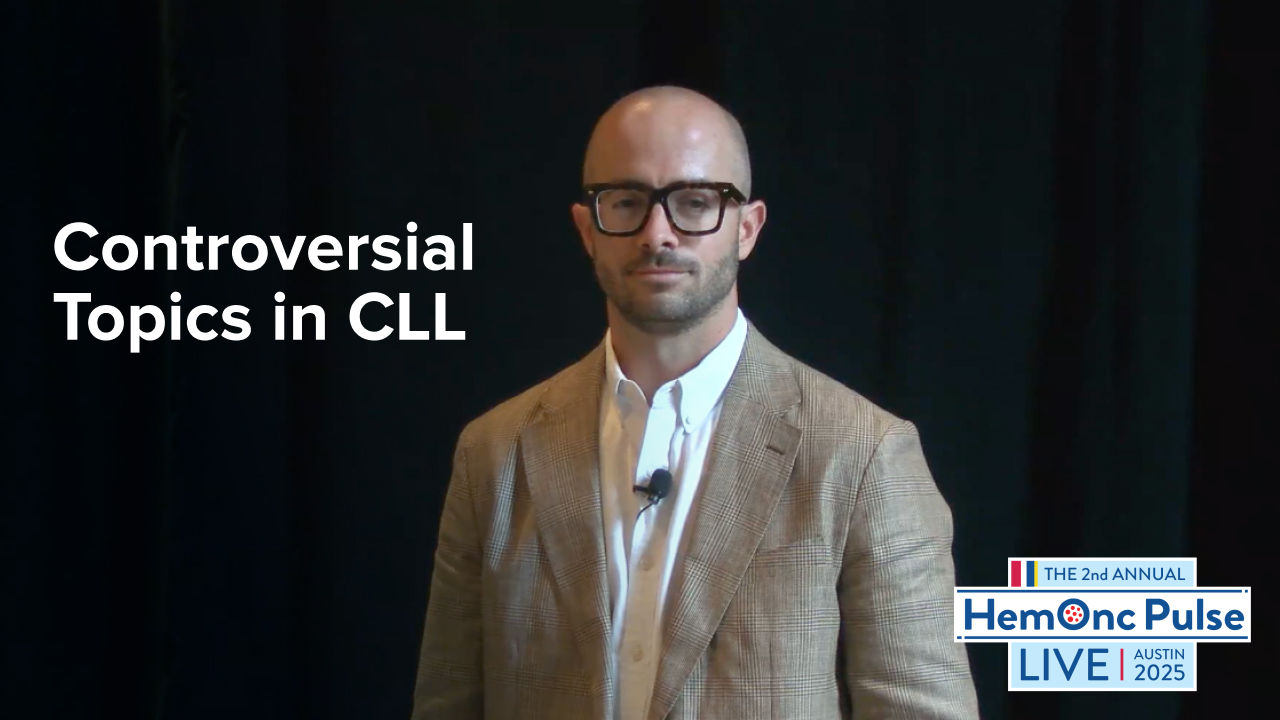
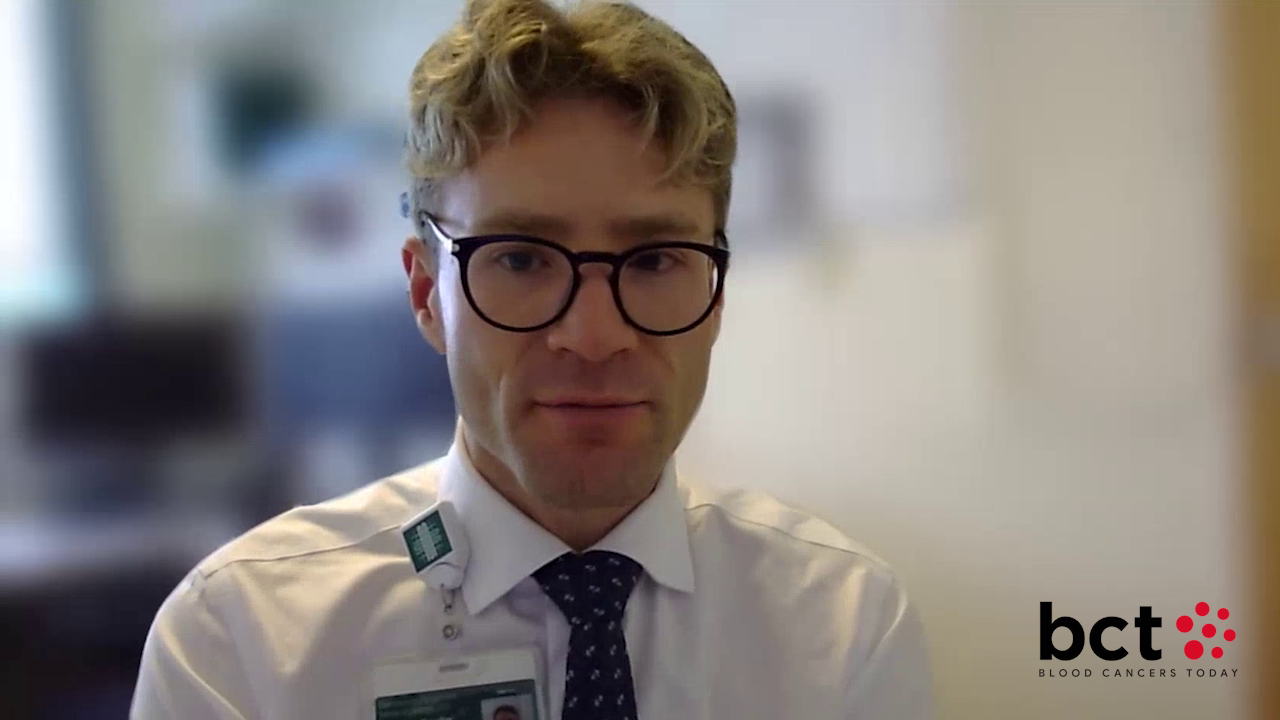
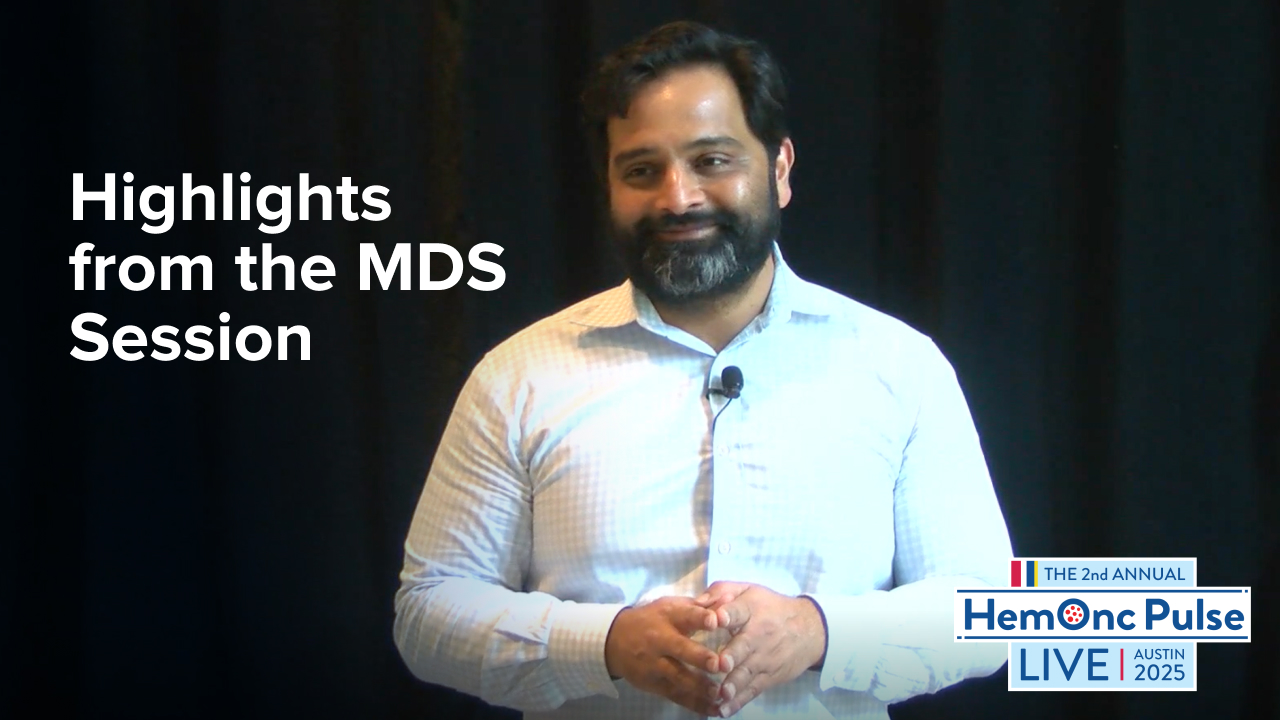
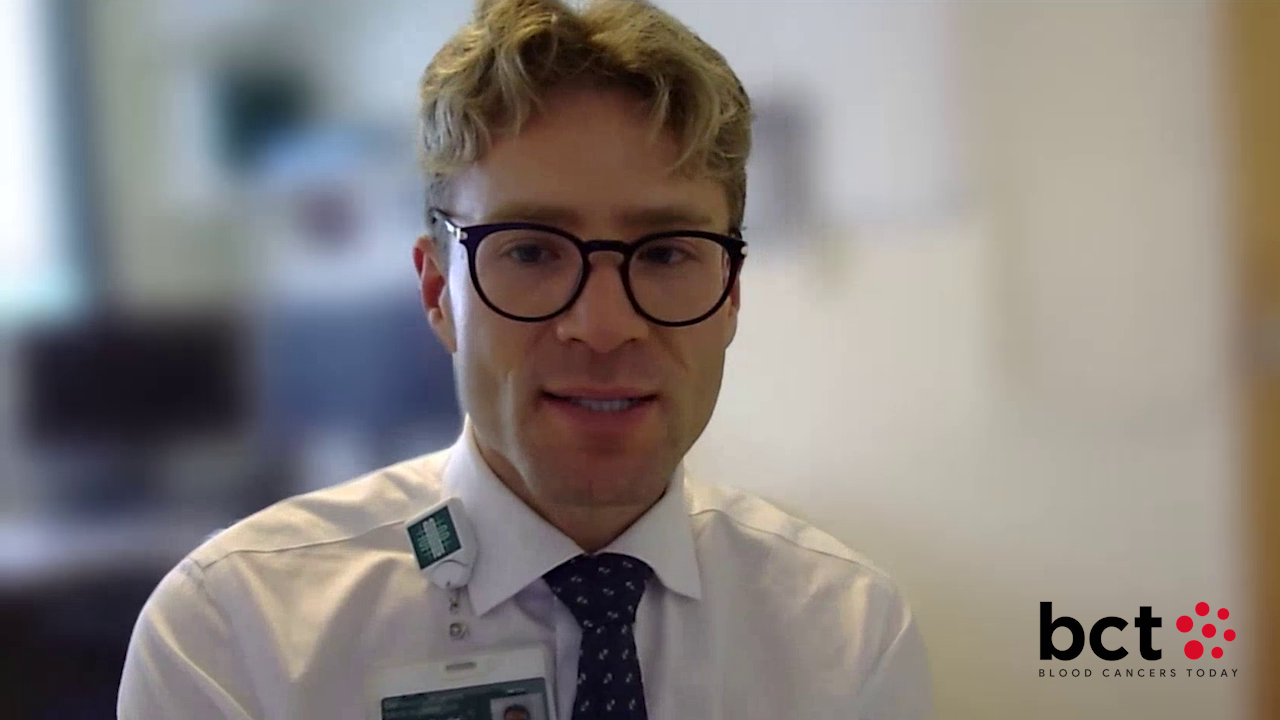
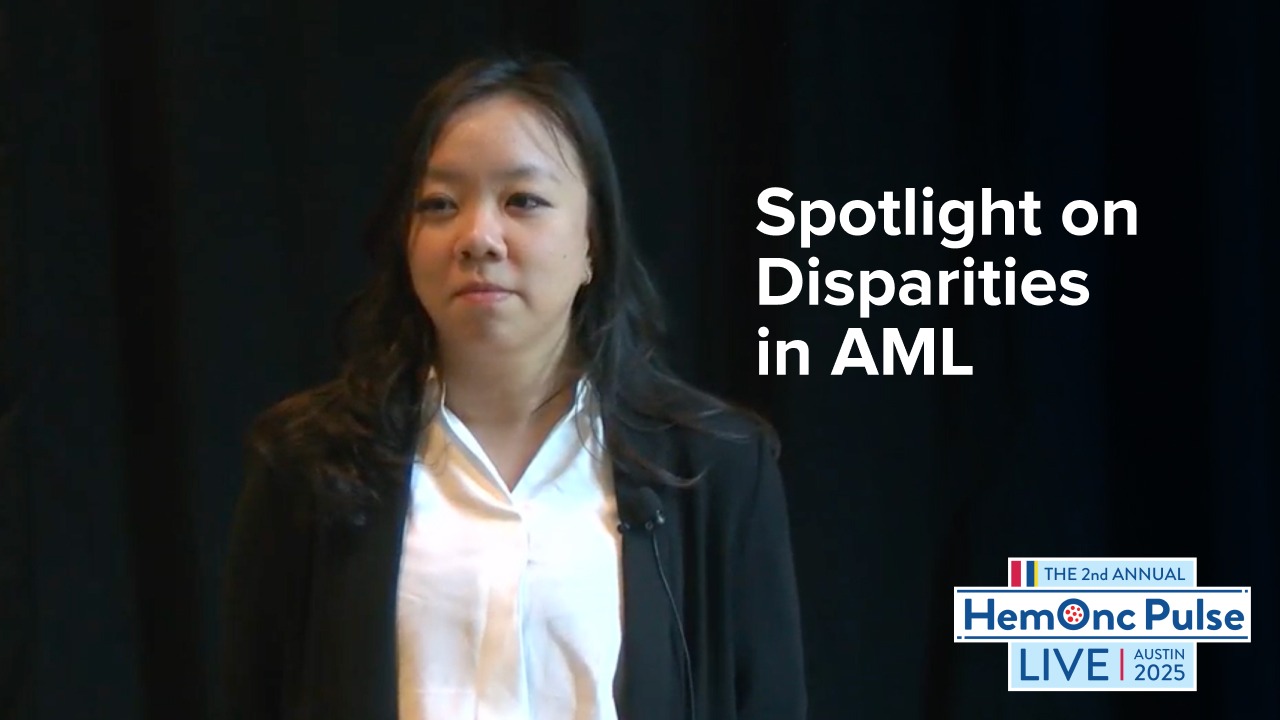
 © 2025 Mashup Media, LLC, a Formedics Property. All Rights Reserved.
© 2025 Mashup Media, LLC, a Formedics Property. All Rights Reserved.